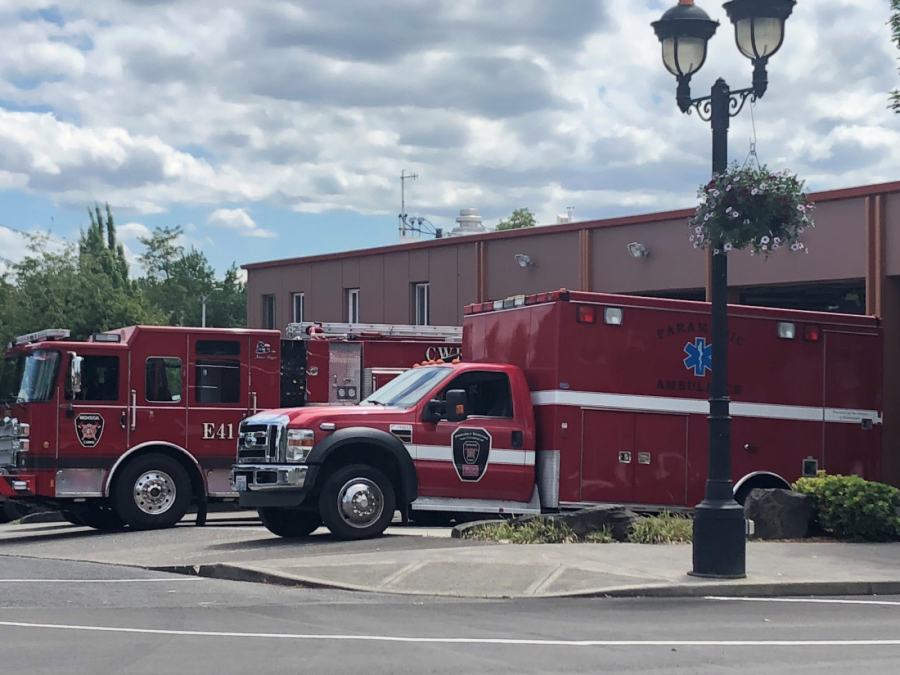The plan lists several possible projects meant to fulfill its top three priorities, including:
- “Preparing an open space management plan to guide the care, maintenance and stewardship of city-owned open space;
- Improving shoreline and water access;
- Assessing sports fields to plan for drainage and field improvements;
- Upgrading and enhancing the existing concrete skatepark;
- Exploring pilot programs to broaden the range of youth recreation program choices;
- Acquiring easements and corridors to create comprehensive linkages for Camas’ trail system;
- Developing larger trails desired by the community;
- Coordinating with residential developers to include public parks in new subdivisions;
- Installing at least one spray pad/splash pad;
- Developing fully accessible, all-inclusive play areas;
- Improving existing parks to offer universal accessibility of park features and grounds;
- Planning for a pump (bike skills) track and connecting flow track;
- Coordinating with the city of Washougal for an off-leash dog park;
- Pursuing options for mountain bike trails at Green Mountain; and
- Exploring options and partnerships for access to additional, flexible indoor recreation space to accommodate programs, classes and fitness.”
Parks staff have warned it could take years to implement any of the projects mentioned in the draft PROS Plan. Following the city council’s approval of the PROS Plan, the city’s parks and recreation commission will prioritize the projects mentioned in the plan. The city council will then need to incorporate funding for each project in its budget process.
“Once funding has been identified, we’ll begin planning, design and permitting, which may take several years, especially if the project is in or near water or other sensitive areas,” city staff have stated on the PROS Plan website. “After planning takes place and permits are secured, bidding and construction can begin. This may take one or two years to complete, depending on how large the project is.”
To learn more about the PROS Plan, visit engagecamas.com/parks-recreation-open-space-comprehensive-plan.
Subarea planning in downtown Camas
Maul, the city’s planning manager, addressed councilmembers’ questions about the possibility of having a subarea plan for the city’s downtown area, much like the subarea planning happening in the city’s North Shore.
“Subarea planning allows cities to have a sharper focus on what can be done in that particular area: from design standards to infrastructure, transportation corridors, civic centers, all kinds of things can be done,” Maul said. “We have some really cool opportunities in downtown (Camas).”
And while the city already has a “good starting point” in the downtown infrastructure needs assessment overseen by Camas’ public works director, Steve Wall, in 2020, Maul said “there are a lot of things to do (in the city’s downtown), and none of it’s cheap.”





